(8616 products available)












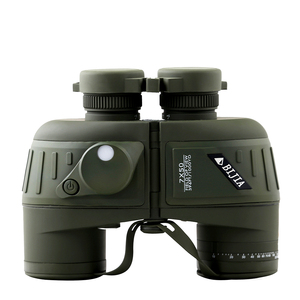
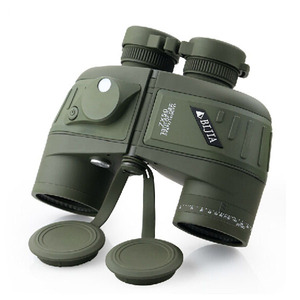
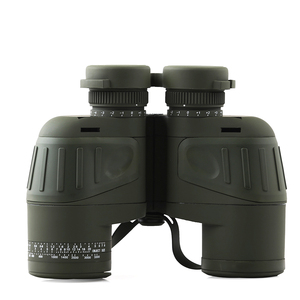
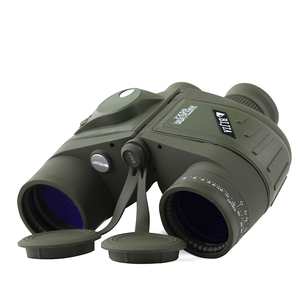
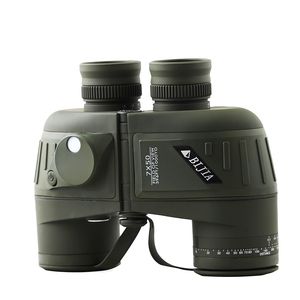
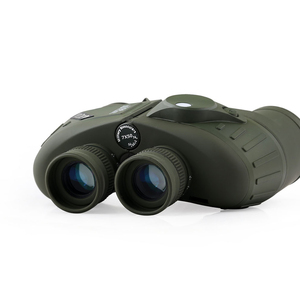






























































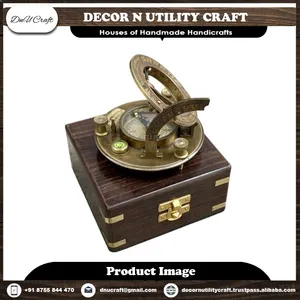

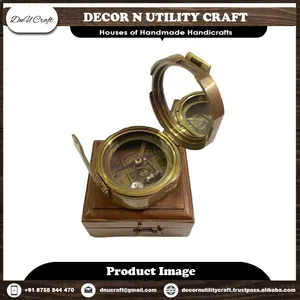


























































































































The ship compass antique is a treasured artifact that offers a glimpse into the maritime past. Its role as a vital navigation tool has made it significant, and its craftsmanship has given it a unique charm. These compasses come in various types, each with its historical and aesthetic appeal.
Dry Card Compass
The dry card compass is a historic navigational instrument that uses a magnetic card enclosed in a housing filled with air. Its design ensures that the compass card remains stable and unaffected by external factors like moisture or turbulence. This stability is crucial for accurate navigation, especially in the rough conditions typical of maritime environments. Crafted from brass or other durable metals, this compass exudes a classic elegance and practicality. Its antique version is highly sought after by collectors and enthusiasts. It offers a unique blend of functionality and historical significance.
Gyro Compass
Gyro compasses are influenced by the principles of gyroscopic motion. They are unaffected by magnetic fields, making them crucial for precise navigation in various situations. The antique gyro compasses represent early technological advancements in marine navigation. They were first developed in the early 20th century. Their intricate mechanisms and durable construction capture the imagination of those interested in maritime history and technology. These compasses are often found aboard historic vessels or in maritime museums, serving as a testament to the ingenuity and craftsmanship of their era.
Liquid-Filled Compass
Liquid-filled compasses have a magnetic needle suspended in a liquid-filled housing. This design ensures the needle remains steady and responsive even in rough seas. The liquid dampens the needle's movement, providing quick and accurate readings. Antique liquid-filled compasses, often made from brass or other metals with glass covers, combine functionality with aesthetic appeal. They are prized for their elegance and practicality, making them popular among collectors and lovers of nautical artifacts.
The antique ship compass is utilized in various ways. Here are some of them:
Navigational Tools
Even though antique, ship compasses are still used for navigation. They can be used to teach maritime students about traditional navigation techniques. Besides, experienced mariners can utilize them as back-up navigation tools.
Maritime Museums
Ship compasses can be exhibited in museums to depict the evolution of maritime navigation. The museums can also provide visitors with information about historical seafaring and exploration.
Collectors
Compass collectors cherish rare and well-preserved ship compasses. These collectibles can be valuable items, especially when they come with unique features or interesting histories.
Decor and Ambiance
Ship compasses are excellent decorative pieces. They can add an adventurous and nautical touch to any room. In particular, the antique compasses look very classy when displayed on shelves or desks.
Antique and Vintage Shows
Antique ship compasses are usually featured in antique and vintage shows where they can be bought or sold. Besides, they are also appreciated by enthusiasts and collectors.
Theatrical and Film Productions
Ship compasses can be used as props in plays and movies. This is especially in scenes that involve maritime exploration or historical settings.
Gifts
Antique ship compasses make unique and thoughtful gifts. This is especially for those who love travel, history or nautical themes.
Restoration Projects
Restorers of antique items often seek out ship compasses. They can be given restoration treatments to restore their original beauty and functionality.
Educational Tools
Ship compasses can be used in classrooms to teach students about geography and history. They can also be used to demonstrate traditional navigation methods.
Choosing an antique ship compass involves several key considerations to ensure one selects a piece that is not only historically significant but also aesthetically pleasing and functionally interesting. Here are the primary factors to consider:
The primary function of a ship compass antique is to offer navigation guidance. By pointing towards the magnetic north, the compass allows sailors to determine their precise location and heading. This was especially crucial in the past when maps were not as detailed, and celestial navigation was not always feasible. Beyond just maritime navigation, these compasses also played a vital role in trade. With the ability to navigate across vast oceans, tradesmen could find new markets and resources, leading to economic growth and prosperity.
Q1. How does an antique ship compass work?
A1. An antique ship compass has a magnetic needle that points north, which helps navigator find the ship's course. It has a compass card with direction markings. The card is placed on the compass bowl, and the magnetic needle aligns with the magnetic field of the Earth. Once the needle points north, the compass card shows all the directions. The mariners can now determine the ship's heading and navigate.
Q2. What are the types of ship compasses?
A2. There are different types of ship compasses. The most common ones are the magnetic compasses, gyroscopic compasses, and the electronic compasses. The magnetic compasses use magnets to show directions. The gyroscopic compass won't be affected by the magnetic poles. It uses Earth rotation to provide accurate directions. An electronic compass uses sensors to provide accurate directional information.
Q3. What should buyers consider when buying antique ship compasses?
A3. Look out for the compass material. Most antique compasses are made of brass or silver. They are durable and have a classic look. Check if the compass has any decorative elements because they add to the compass aesthetic appeal. Consider the compass accuracy. An accurate antique compass is useful for navigation and as a collectible. It is also important to consider the compass size.